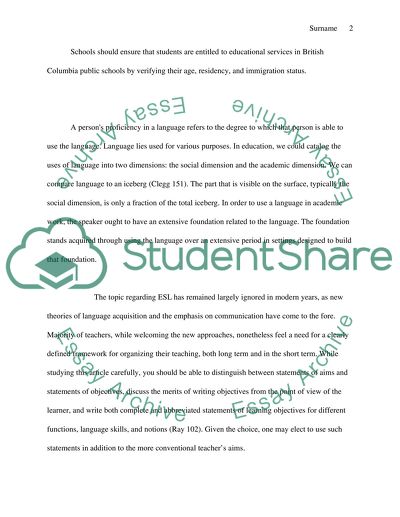Cite this document
(“How to approach the theme Personal characteristics in a course of Research Paper”, n.d.)
How to approach the theme Personal characteristics in a course of Research Paper. Retrieved from https://studentshare.org/education/1473969-how-to-approach-the-theme-personal-characteristics
How to approach the theme Personal characteristics in a course of Research Paper. Retrieved from https://studentshare.org/education/1473969-how-to-approach-the-theme-personal-characteristics
(How to Approach the Theme Personal Characteristics in a Course of Research Paper)
How to Approach the Theme Personal Characteristics in a Course of Research Paper. https://studentshare.org/education/1473969-how-to-approach-the-theme-personal-characteristics.
How to Approach the Theme Personal Characteristics in a Course of Research Paper. https://studentshare.org/education/1473969-how-to-approach-the-theme-personal-characteristics.
“How to Approach the Theme Personal Characteristics in a Course of Research Paper”, n.d. https://studentshare.org/education/1473969-how-to-approach-the-theme-personal-characteristics.


